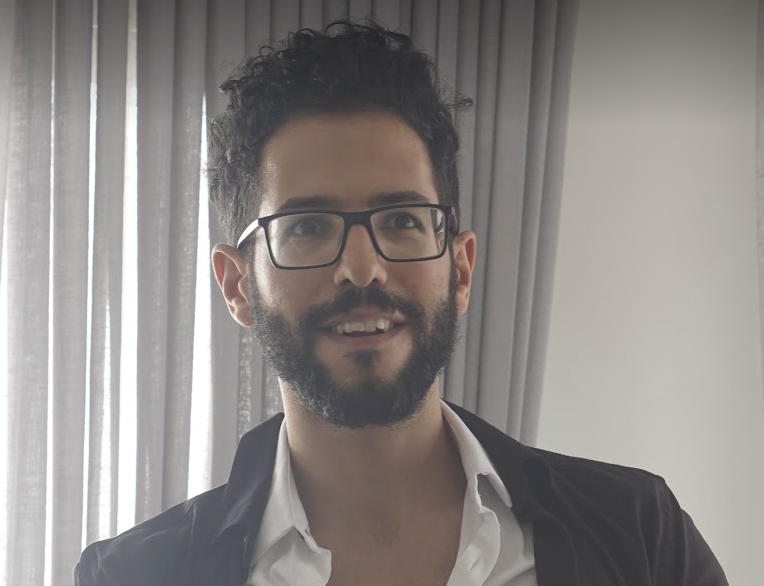Introduction
In the dynamic and ever-evolving field of information security, staying ahead of the curve is paramount. Cybersecurity professionals are constantly seeking ways to enhance their skills and expertise to combat the growing threats posed by cybercriminals. One such credential that stands out in the realm of digital forensics is the GCFA (GIAC Certified Forensic Analyst) certification. This article aims to shed light on the significance of GCFA, its benefits, and the process of obtaining this esteemed certification.
What is GCFA?
GCFA, an acronym for GIAC Certified Forensic Analyst, is a highly sought-after certification that validates an individual’s proficiency in digital forensics and incident response. Offered by the Global Information Assurance Certification (GIAC), GCFA equips professionals with the necessary skills to detect, investigate, and respond to cyber incidents effectively. With its comprehensive curriculum, GCFA covers a wide range of topics, including network forensics, file system forensic analysis, memory forensics, and advanced incident response techniques.
The Importance of GCFA Certification
In today’s technology-driven world, cyber incidents are becoming increasingly sophisticated and damaging. Organizations across industries are actively seeking professionals with specialized knowledge in digital forensics to identify and mitigate such incidents. GCFA certification holds immense value for both individuals and organizations. Here are a few key reasons why GCFA is highly regarded in the cybersecurity community:
- Expertise in Incident Response: GCFA-certified professionals possess in-depth knowledge of incident response methodologies, enabling them to effectively handle cyber incidents. Their expertise covers everything from initial incident assessment to evidence collection, analysis, and mitigation strategies.
- Threat Intelligence and Investigation Skills: GCFA equips professionals with advanced skills in threat intelligence and investigation techniques. They can uncover hidden patterns, identify attackers’ tactics, techniques, and procedures (TTPs), and analyze digital artifacts to determine the root cause of an incident.
- Elevated Career Opportunities: With GCFA certification, professionals gain a competitive edge in the job market. Employers recognize the value of GCFA-certified individuals who can contribute to their organization’s cybersecurity efforts and help safeguard sensitive data.
Obtaining the GCFA Certification
To become a GCFA-certified professional, candidates need to complete a rigorous process that encompasses training, examination, and practical application of knowledge. The following steps outline the pathway to obtaining the GCFA certification:
- Training: Candidates must undergo specialized training that covers the core concepts and practical aspects of digital forensics and incident response. This training equips them with the necessary skills and knowledge to excel in the GCFA examination.
- GCFA Examination: After completing the training, candidates must pass the GCFA examination. This test evaluates their understanding of various forensic analysis techniques, incident response strategies, and their ability to apply this knowledge in real-world scenarios.
- Practical Assignment: In addition to the examination, candidates are required to complete a practical assignment that tests their practical skills in digital forensics and incident response. This assignment may involve analyzing simulated incidents, conducting forensic examinations, and documenting the findings.
- Maintenance of Certification: GCFA certification is not a one-time achievement. To ensure that certified professionals stay up to date with the latest developments in the field, GIAC requires individuals to maintain their certification through ongoing professional development activities, such as attending conferences, training programs, and webinars.
Key points for GCFA Certification Student
- Preparation Time: The candidate originally planned to allocate 8-12 weeks for exam preparation based on recommendations and online resources. However, due to personal circumstances, they started studying in mid-November, about two months after completing the 6-day training course. Allocating sufficient time for studying and review is crucial.
- Study Resources: The candidate will attended a 6-day SANS course (FOR508: Advanced Incident Response, Threat Hunting, and Digital Forensics and more) as part of their exam preparation. The course provided 5 books, 2 practice exams, and 1 certification exam attempt. They also had access to course recordings, lab environment, MP3 audio recordings, and course videos. Utilizing comprehensive study resources is essential for thorough preparation.
- Organize Your Knowledge: The candidate employed an indexing method to organize and consolidate their knowledge. They color-tabbed the books, created an index in an Excel spreadsheet, and added concepts and topics to it. This indexing approach helped them reinforce their learning through repetition and quick reference during the exam.
- Practice Exams: The candidate took three practice exams to assess their knowledge and improve their performance. The first practice exam served as a baseline and was taken at home without using any course material. The second practice exam was taken at a library to simulate a test environment, using the index, posters, and course material. The third practice exam, taken shortly before the actual exam, helped boost the candidate’s confidence.
- Exam Experience: The candidate should scheduled the exam at a testing center and follow a specific approach to answer questions. They should prioritized questions they know by memory, referred to their index/notes/how-they-organized-their-knowldage for covered topics, and use course materials for unfamiliar subjects.
The journey to becoming a GCFA-certified professional is undoubtedly challenging but immensely rewarding. With the acquired knowledge and skills, individuals can make significant contributions to the field of digital forensics

I am a software engineer with 20 years of experience of writing code, Software languages, Large scale web application, security and data protection of online digital assets in various software systems and services. I’ve decided to write and share my interests in cyber security online and information security to help and improve white hat security, safety and privacy of our online digital assets, As companies, as individuals or experts providing services. In here you’ll be able to read freely about cyber security threats, detections, common problems, services, news and everything related to information security and cyber security – enjoy and feel free to contact me via the contact page for any question.
